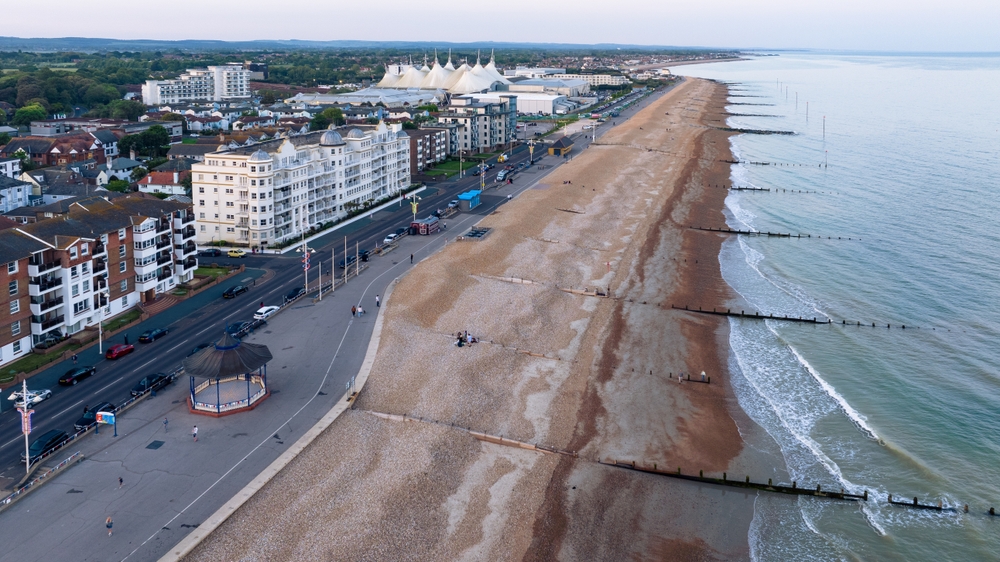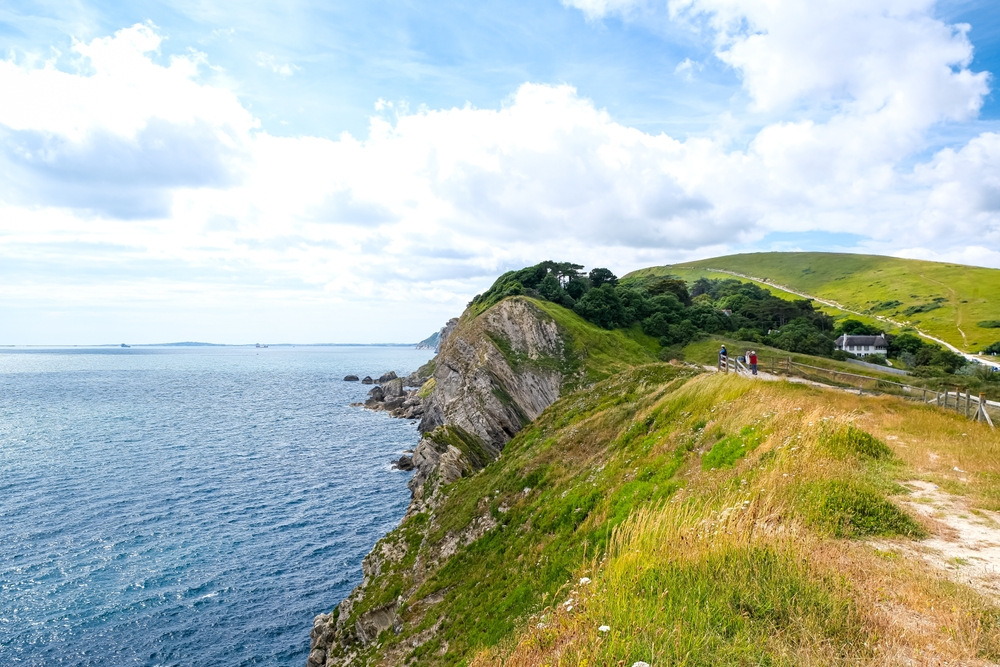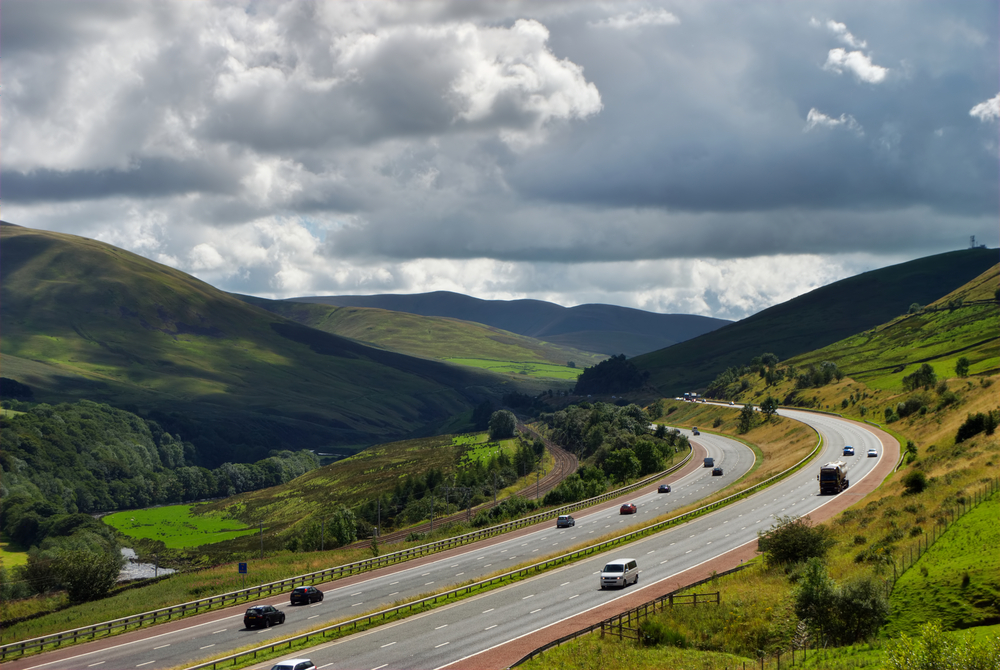Location Overview: Bognor Regis is a seaside town located on the Southern coast, in West Sussex. It is part of the Arun District and is known for its long pebble beach and promenade, making it a popular destination for tourists seeking a traditional British seaside experience. The town has a rich history dating back to the 18th century, originally being a small fishing village before expanding in the 19th century, largely due to the establishment of the railway. Bognor Regis enjoys a mild climate, which has historically made it a favoured location for people seeking a health retreat, with the town’s famous Royal Hotel attracting visitors in the 19th century. Today, it offers a mix of leisure activities, from its beach and watersports to local attractions like the Bognor Regis Museum and the nearby Butlin’s resort, which has long been a major draw for families.

Our Driving Course Types:
We cater for both business and private clients across the UK, including Bognor Regis. Our courses include:
* Confidence training
* Motorhome training
* General advanced courses
* Motorway driver training
* UK Familiarisation
* Company drivers, which include both car and van
* Pre-court courses
* High-performance driver training
We provide nationwide coverage across the UK and deliver on-road training directly at your preferred location using your own vehicle. The training is customised to suit your specific needs, whether you are a business or private client.
Bespoke Driving Course Content:
Although the courses we offer are very different, there are still some generic points we include; the key difference is how we deliver them to the client. For example, boosting confidence for a young driver will look very different to boosting confidence for a driver with 50 years of experience.
Below are some of the common things we look at and develop during our driver training sessions.
* Looking at a driver’s specific day-to-day driving and driving history to make a bespoke training plan
* Looking ahead and developing powers of observation
* Increasing focus on speed and excessive speed
* Modifying attitude towards a safer, more proactive way to drive
* Learning the System of Car Control
* How to avoid road rage situations
* Manoeuvres, reversing, and operating in confined spaces
* Driving safety on the motorway and dual carriageways
* Becoming a safer urban driver – identifying and dealing with pedestrians and cyclists
* Learn how to drive in a more environmentally friendly way
* How to boost driving confidence
* Identifying high-risk driving, such as at night, driving tired or when stressed
The personalised nature of our training means we can vary the time we spend on specific points. It all depends on the driver and what’s best for them.

Duration Overview – What’s Best For You?
Our UK-wide courses are available for both van and car drivers. Below is an overview of the different duration options:
- 3.5hrs – This is the shortest and most affordable option in our range. While ideal for companies training two or more drivers, it may be too brief for some individuals.
- 2 x 3.5hrs – This option is beneficial for those who can’t commit to a full day of driving and prefer to split the training into two sessions for better retention. Often, drivers are given “homework” between sessions to practice what was covered, which helps reinforce learning. This course is popular with older drivers.
- 7hrs (Full Day) – A full-day course is more cost-effective than two separate 3.5-hour sessions and is ideal for those with limited time. This is a good option if your company has requested the training or if you feel a full day will work better for you. We also offer the option to split a full day into AM and PM sessions for business clients.
- Extended Courses (3, 4, or 5 x 3.5 hrs) – For individuals with specific driving challenges or those who haven’t driven in a while, we offer longer courses that can be spread over several weeks. These options are ideal for those needing more in-depth training to address deep-rooted issues.
Contact us today for more information about are bespoke courses. Either use the contact form on this page or call us.

Our driver training covers a wide range of roads, some of which can include:
- A27 – This is the main dual carriageway running through Bognor Regis, connecting the town to Chichester to the west and Worthing and Brighton to the east.
- A259 – Another key road that runs along the coast, connecting Bognor Regis with Littlehampton to the east and further along to Portsmouth.
- A29 – This road leads north from Bognor Regis, connecting the town to the Midhurst and Petworth areas.
- Upper Bognor Road – A major road running through the town, connecting the A29 to residential areas and other local amenities.
- London Road – A significant road running through Bognor Regis, linking the town to local neighbourhoods and leading out toward the A29 and nearby areas.
These roads are essential for travel to and from the town, as well as for access to surrounding areas.
Road Safety – Risks and Hazards in Bognor Regis:
In Bognor Regis, some of the roads considered more dangerous due to traffic accidents and various road conditions include:
- A27 – As a major dual carriageway connecting Bognor Regis with other parts of Sussex, the A27 is often busy, particularly around junctions. Its high speeds and frequent traffic incidents, especially near roundabouts and intersections, contribute to it being a higher-risk route.
- A259 – Running along the coastline, the A259 can be hazardous, particularly in wet or foggy conditions. The winding nature of some parts of the road, combined with heavy traffic and the presence of pedestrians and cyclists, increases the likelihood of accidents.
- B2233 (Shripney Road) – This road, leading into Bognor Regis from the north, has seen several accidents due to its narrow lanes, limited visibility, and high-speed traffic.
- A29 – The A29, which connects Bognor Regis with areas like Midhurst, can be dangerous, particularly in rural sections with sharp bends and limited road lighting. The lack of overtaking lanes and traffic congestion during peak times can lead to accidents.
- London Road – While not as high-speed as other routes, London Road can be hazardous due to heavy local traffic, especially around junctions and pedestrian crossings, leading to higher chances of collisions.
These roads are known for having a higher number of incidents, particularly when weather conditions worsen or during periods of increased traffic. Local authorities often take measures to improve safety, such as better signage, speed cameras, and roadworks.
